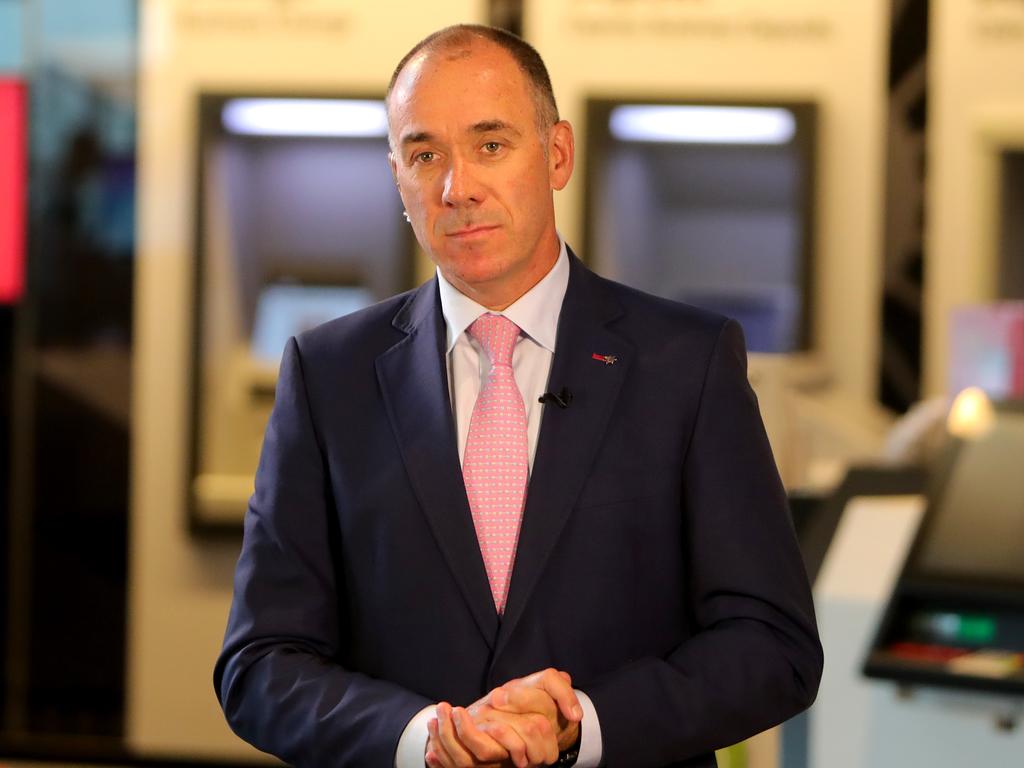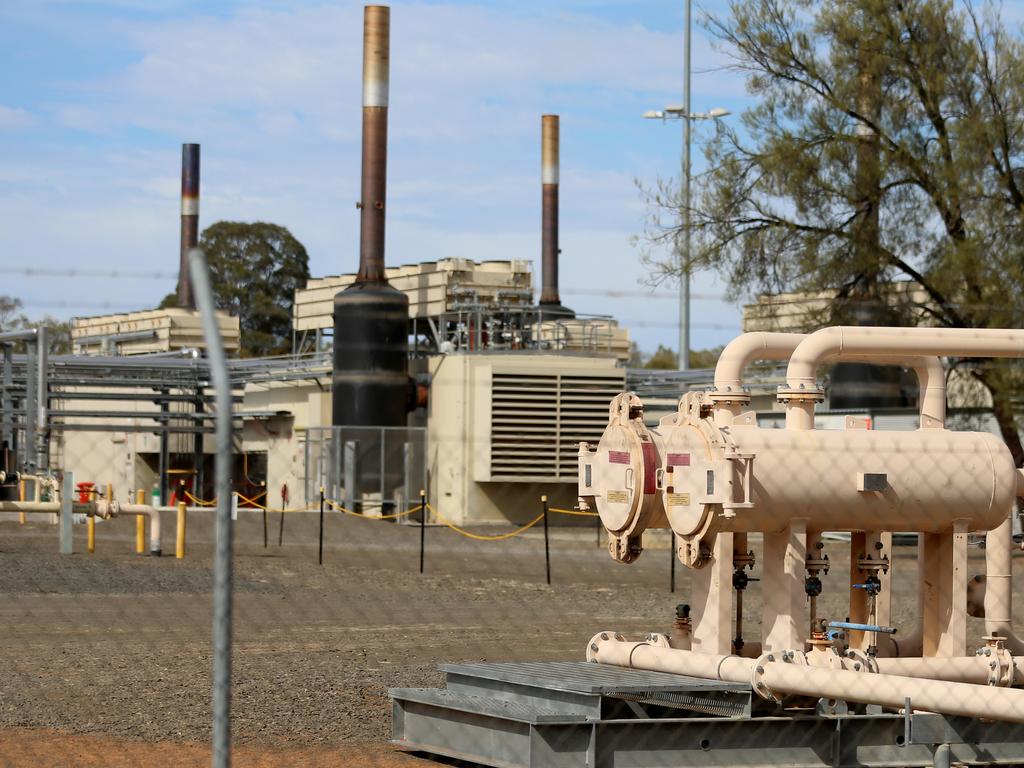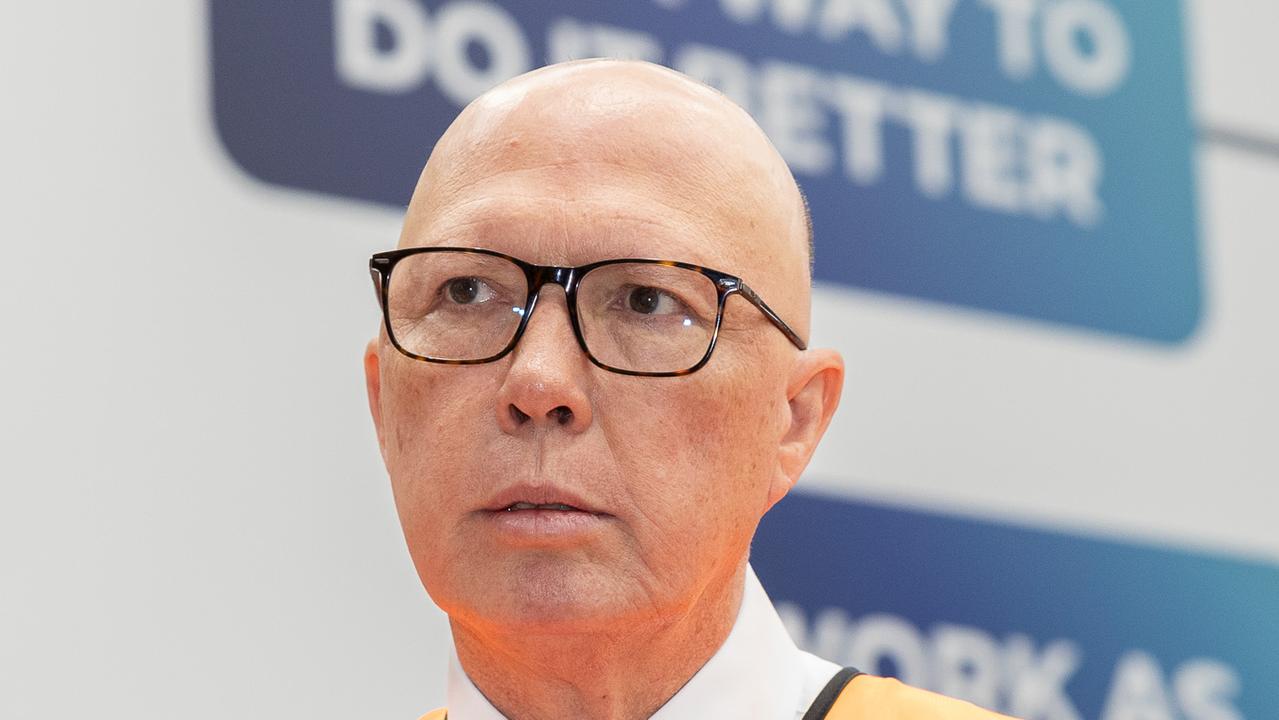Boards brace for coronavirus class actions as D&O costs soar
Costs for directors’ and officers’ insurance has soared over the past year on the back of a boom in class actions in Australia.

Insurance premiums covering directors of the nation’s biggest ASX-listed companies have surged in the past year as major insurers braced for a rush of class action claims in the wake of the coronavirus pandemic.
Insurance costs for boards have now reached a point where the cost to insure an Australian director is on par with a director of a major US company.
Insurance brokers Marsh, who place corporate coverage for Australia’s largest businesses, have found premiums for directors and officers policies soared by 100 per cent in the last year, while the average D&O spend has grown even more dramatically, up 171 per cent as businesses broaden coverage.
Figures supplied to The Australian by Marsh show some boards regarded as in higher-risk industries have seen their insurances costs surge by as much as 400 per cent.
D&O insurance provides coverage for executives’ personal liability and provides financial protection for securities market conduct breaches.
A breach of Australia’s continuous disclosure laws would open a director to a potential legal claim and could then invoke the use of the insurance policy to cover that claim. However, the rise of litigation funders has seen an increase of class action cases against directors in Australia in recent years and has triggered an increase in the number of claims made against those insurance policies.
ASX-listed litigation funder Omni Bridgeway recently said it was funding some 31 class actions, mostly in Australia but also in other markets, with a potential payout value of $2.94bn.
Marsh financial and professional liability managing director Craig Claughton said the rise of D&O insurance policies had seen costs in Australia go from very low four years ago “through the proverbial roof”.
“At the same time the insurers are insisting that their clients take a much higher deductible and excess,” he said.
“Whereas it might’ve been $200,000 or $500,000 they’re now looking at $10m-20m of excess.”
“It’s getting to a point here the cost is not sustainable but by and large they’ve kept paying the premiums.”
This has seen price rises in Australia coupled with a growth in retention on policies — or the proportion of costs that the company covers.
The price boom is also taking place internationally. Premiums also rose as much as 100 per cent for many British businesses and 59 per cent for those in the US, according to Marsh numbers.
Mr Claughton said it was disproportionate that a board member of an ASX 200 company would require the same insurance coverage as that of a Fortune 500 on Wall Street.
“It’s going to be the same price to insure a director in Australia as it is in New York,” he said.
Mr Claughton said the surge of costs in Australia was the result of class actions against ASX-listed companies.
In a submission to the Senate subcommittee on litigation funding and the regulation of the class action industry, Mr Claughton said data between 2011 and 2018 showed premiums had been insufficient in covering the gross loss ratio from insurers.
“Insurers today are acutely aware that securities class actions have been one of the largest contributors to D&O insurance losses and that the number of claims (and reported circumstances) are exceeding the total insurance market premium pool by a significant margin,” he said.
Many Australian D&O products have lowered their insurable limits and narrowed their scope of cover.
The booming prices are coupled with an emptying market as many insurers have left the Australian D&O market, citing rising costs making operations unprofitable.
WR Berley, AAI, Allianz, Talbot Australia and Lloyd’s of London syndicates Novae, Neon, Canopius, Pioneer, Axis and Acappella have all withdrawn from the Australian D&O market over recent years.
Zurich stopped writing insurance for directors two weeks ago.
AXAXL, Chubb, Liberty and underwriting agencies Dual Australia and London Australia have pulled back on which businesses they will offer cover to. Mr Claughton said many were leaving the market because they couldn’t charge high enough premiums to cover potential losses.
“Zurich tried to manage their portfolio over the last three years by increasing prices and narrowing down the risks they’d take onto their portfolio but unfortunately the claims have just continued and the head office have said we’re not doing this any more,” he said.
Australian Treasurer Josh Frydenberg amended the continuous disclosure provisions that apply to companies and their officers in May.
As part of those changes companies and officers were made liable only in a case where there has been “knowledge, recklessness or negligence” with respect to updates on price-sensitive information to the market. “In Australia we haven’t seen new class actions commence as a direct result of the pandemic but in the USA there’ve been 12 class actions that have already been commenced directly related to the pandemic,” Mr Claughton said.
These measures were to run for six months and Mr Claughton fears they do not protect companies from all claims arising from the pandemic.
“Here we have the six month reprieve but as I said it’s not beyond the realms of possibility for plaintiffs to bring their claims, I’m not very positive about it I think we potentially will see claims.”
Australian Institute of Company Directors managing director and CEO, Angus Armour said it was widely accepted Australia is one of the most attractive markets for third party litigation funders.
“The AICD has long-held concerns about the interaction between Australia’s continuous disclosure laws and the securities class actions regime. We have a situation now in which securities class actions have risen to such a point that there is little doubt it is contributing to ballooning D&O insurance costs,” he said.
“This isn’t just an issue for listed companies. Not-for-profit boards and private companies are also experiencing significant increases in policy premiums.”
Attorney-General Christian Porter said it was clear litigation funders’ “aggressive business model” was clearly having an impact on the returns class action members received and putting pressure on business.
“The Government remains strongly committed to ensuring our class action system provides fair and just outcomes for all Australians,” he said.
“The Committee will deliver a report which will be considered by the Government in formulating any appropriate policy responses.”








To join the conversation, please log in. Don't have an account? Register
Join the conversation, you are commenting as Logout